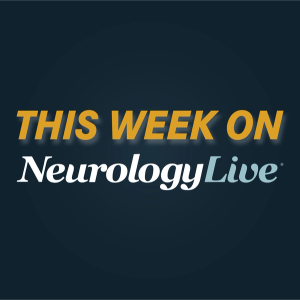|Articles|July 12, 2019
Telemedicine Is an Effective Alternative to In-Office Migraine Follow-Up
Author(s)Alicia Bigica
Patients with migraine rated their telemedicine visits as more convenient with shorter visit times; two factors that can also benefit providers.
Advertisement
Deborah Friedman, MD
Telemedicine is both a feasible and effective alternative to in-office follow-up visits for patients with migraine, according to findings from a randomized trial.
The results were presented at the 2019 American Headache Society Annual Meeting , July 11-14 in Philadelphia.
Led by Deborah Friedman, MD, of the University of Texas Southwestern Medical Center in Dallas, investigators sought to examine whether telemedicine would be a feasible and efficacious option for migraine patients with severe headache disability.
Following an initial visit in Friedman’s practice, patients were randomly assigned to receive follow-up care via telemedicine or in-office visits, with visit frequency set at 4 to 6 weeks, then 3, 6, 9, and 12 months. Telemedicine visits were conducted using the Zoom video program and scheduled via an online portal. Patients were requested to complete a questionnaire before and after each visit.
The primary outcome of the study was the percentage of telemedicine visits completed as scheduled. Secondary measures included headache disability (MIDAS), visit time, as well as perceptions of telemedicine
Ultimately, 45 patients (43 women, 2 men) were included in the study, with 18 of 22 participants in the telemedicine group and 12 of 23 in the in-office group completing the study. Notably, of the 96 scheduled telemedicine visits, 89 (92.6%) were successfully completed (87% vs 92.6%; 95% CI, 0.61-6.17; P =.3).
Clinical outcomes, including improvement in MIDAS from baseline to 1 year (95% CI, -32.8 to 24.3; P =.76), improvement in number of headache days at 1 year (95% CI, -26.8 to 6.67; P =.22), and average improvement in headache severity at 1 year (95% CI, -1.72 to 1.66; P =.97) in the telemedicine group were noninferior to the in-office group. The investigators noted that convenience was rated higher in the telemedicine group, while visit times were also shorter.
Given the results, Friedman and colleagues proposed that telemedicine may help increase clinician productivity and also improve access to care for patients with migraine.
For more coverage of AHS 2019, click here .
REFERENCE
Friedman DI, Rajan B, Seidmann A. A randomized trial of telemedicine for migraine management. Presented at: 2019 American Headache Society Annual Meeting. July 11-14, 2019; Philadelphia, PA. Abstract LBOR01.
Newsletter
Keep your finger on the pulse of neurology—subscribe to NeurologyLive for expert interviews, new data, and breakthrough treatment updates.
Advertisement
Related Articles
 2025 Women in Neurology Conference: Educating, Mentoring, and Networking
2025 Women in Neurology Conference: Educating, Mentoring, and NetworkingSeptember 15th 2025
 This Week on NeurologyLive® — September 15, 2025
This Week on NeurologyLive® — September 15, 2025September 15th 2025
 NeurologyLive® Brain Games: September 14, 2025
NeurologyLive® Brain Games: September 14, 2025September 14th 2025
Latest CME
Advertisement
Advertisement
Trending on NeurologyLive
1
MDA and PPMD Release Consensus Guidelines for Safe and Equitable Use of Gene Therapy in Duchenne
2
10 Years of the Women Neurologists Group: A Preview of the 4th Annual Conference
3
This Week on NeurologyLive® — September 15, 2025
4
NeurologyLive® Brain Games: September 14, 2025
5










































